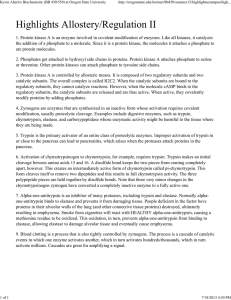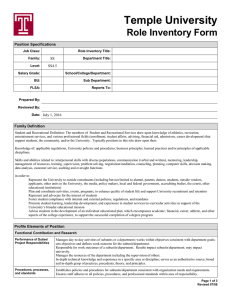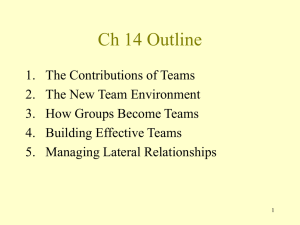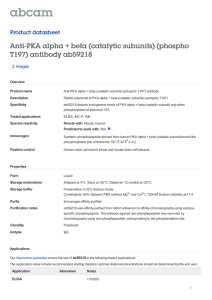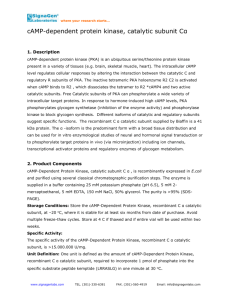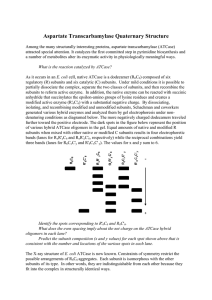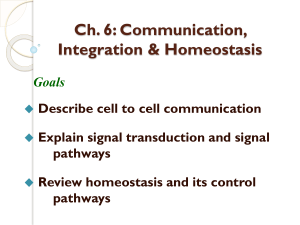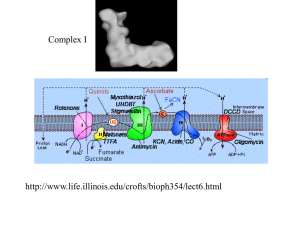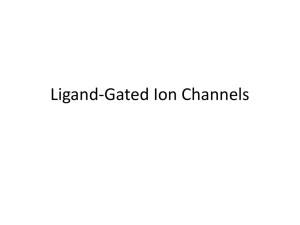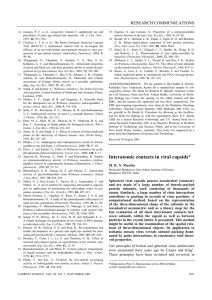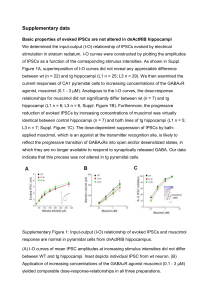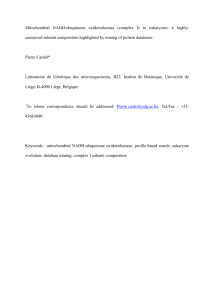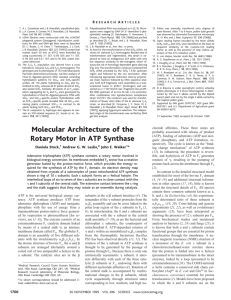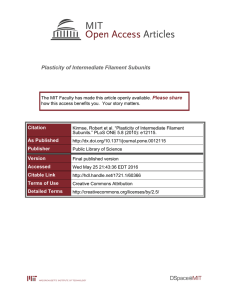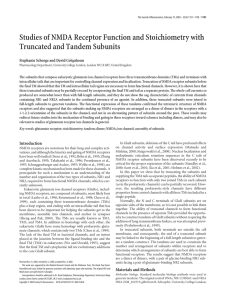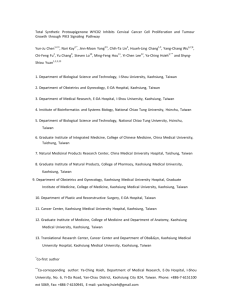Cell Signaling Basics
advertisement
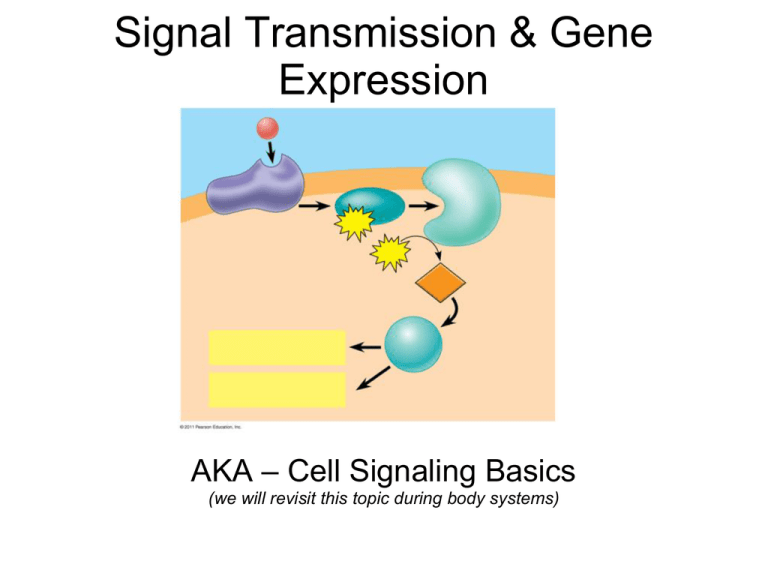
Signal Transmission & Gene Expression AKA – Cell Signaling Basics (we will revisit this topic during body systems) Signal Transduction Pathway • “Signal” = chemical message that moves throughout body • 2 types of signal transmissions – Intercellular – move from cell to cell to cell • – Ex: Hormones of endocrine system, neurotransmitters of nervous system Intracellular – move within cell itself • Ex: Apoptotic pathway (mitochondrial mediated) • Chemical messages (“signals”) can affect cell in two ways: 1. Immediate effect on cell function (change what cell is doing) 2. Lead to gene expression via DNA transcription and protein translation 1. Immediate Affect • A message (chemical signal) is transduced (and usually amplified) into actions within cell • Usually initiates a phosphorylation cascade which passes an energy-rich phosphate from one protein to another to another until desired action is carried out Generic Pathway • Reception – Chemical message (ligand) docks at receptor on cell membrane and changes its shape • Transduction – switching message from chemical signal received on cell outside to chemical messages on interior of cell • Response – Signal transduction cascade occurs until end result is reached Ex: Epinephrine Signaling • Epinephrine (ligand) is released by adrenal gland during “fight or flight” response – Ligand is a chemical that can't get through cell membrane thus binds receptor on outside • Epinephrine travels through body and binds to receptors on the outside of liver cells (high storage of glycogen) • Epinephrine receptor is a G-protein coupled receptor • G-protein is embedded within cell membrane; has three subunits inside the cell • Ligand binding changes the conformation of the GPCR and causes it to release alpha subunit • Alpha subunit moves to another protein called adenylyl cyclase • Binding causes conformational change which activates protein (enzyme) • Enzyme converts ATP → cAMP • cAMP – (secondary messenger) targets a protein kinase that has 4 subunits • 2 catalytic (speed up rxn rate) • 2 regulatory (regulate catalytic subunits) – If reg. subunits are attached to cat. → no action – cAMP binds to regulatory subunits allosteric change in protein catalytic subunits are released • Catalytic subunits get phosphorylated (activated) • Active catalytic subunits act on enzymes w/in cell • In this example, they activate phosphorylase, which breaks apart glycogen to release glucose Why bother with all these steps? 2. Change Gene Expression • Pathway is the same UNTIL the catalytic subunits are activated • There are no proteins for these to act on, so instead they activate CREB (a transcription factor) • CREB binds to DNA upstream of gene to be expressed, bends DNA to facilitate transcription of mRNA, mRNA is translated into a protein called phosphatase which is able to break down glycogen Changes to Pathways • “Correct” signal transduction pathways are under strong selective pressure • Changes that result in ineffective pathways are generally bad. • 2 examples: • Diabetes • Botulism toxin Ex: Diabetes Type I • Mutation results in autoimmune destruction of pancreatic beta cells (insulin producing cells) • Inability to produce insulin affects ability of glucose to enter cells Ex: Botulinum Toxin (BTX) • Caused by bacterium Clostridium botulinum • Toxin inhibits acetylcholine nt (signal) from being released thus inhibiting muscle contraction • Leads to paralysis

